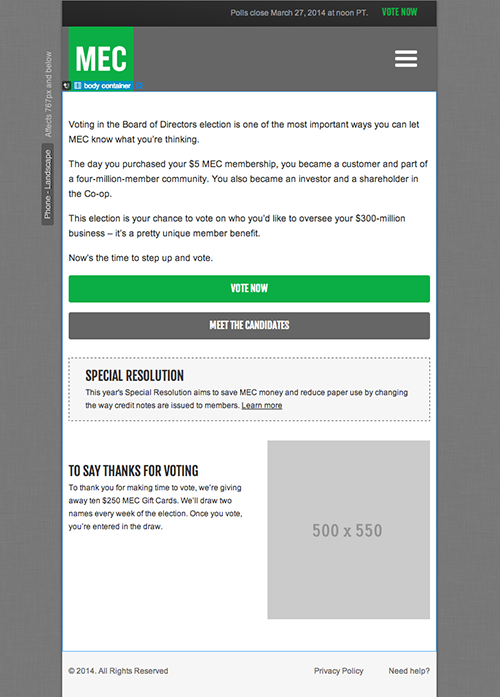
Webflow makes it so easy to give every element you place onto the page (including sections, columns, divs, images etc.) its own unique class for styling. From simple elements like headers, paragraphs, and images to more advanced items like sliders, dynamic lists, lightboxes, and forms, Webflow has everything you need to build something easily from scratch. These modules are by far the most extensive and intuitive I have seen in a page builder. This makes it so simple both to understand how elements are nested and to rearrange elements by dragging. As if being able to set up your page structure from the ground up wasn’t easy enough to keep track of, Webflow has an entire side tab devoted to the site hierarchy. First you start with a section, then you insert a container within that section, then a row of columns inside the container, then a div block inside the columns, then continue on with content like text, images, or videos. What I like so much about the Webflow modules is that they make it so easy to build your layout structure according to how a developer would approach it. You basically have a list of elements you can drag onto your page to start building a custom site. This is the part of Webflow that is very similar to page builders like Squarespace and also visual WordPress plugins like Beaver Builder and Divey. I have compiled my list of eight things I appreciate most about Webflow from the standpoint of a designer who is also lightly familiar with code.

What sets this apart from a CMS, such as Squarespace or Wix, is that Webflow offers a direct hybrid of designing and coding, where you can get as deep into the CSS and JavaScript as you wish for ultimate customization. When we do have a Webflow project, I can design right inside the Webflow interface as it builds the code. As a designer and a DIY kind of guy, I am beyond happy to have finally found a program that allows a designer like me to actually BUILD the front end of a custom website by myself: Webflow.įor Grue & Bleen, we build mostly on WordPress because it is open source and has so many customizable plug-ins however, for some projects, we do not require all those capabilities and turn to Webflow to build sites for our clients (and ourselves).
#WEBFLOW RESPONSIVE COLUMNS IMAGES HOW TO#
In my previous article, Adobe Illustrator for Web Designers, I talk about the communication difficulties between these two and how to become more efficient in the collaborative workflow. Webflow: The Page Builder Designers Have Been Waiting Forįor as long as web pages have existed, there have always been two departments that needed to work together to create one project: Designers and Developers.


 0 kommentar(er)
0 kommentar(er)
